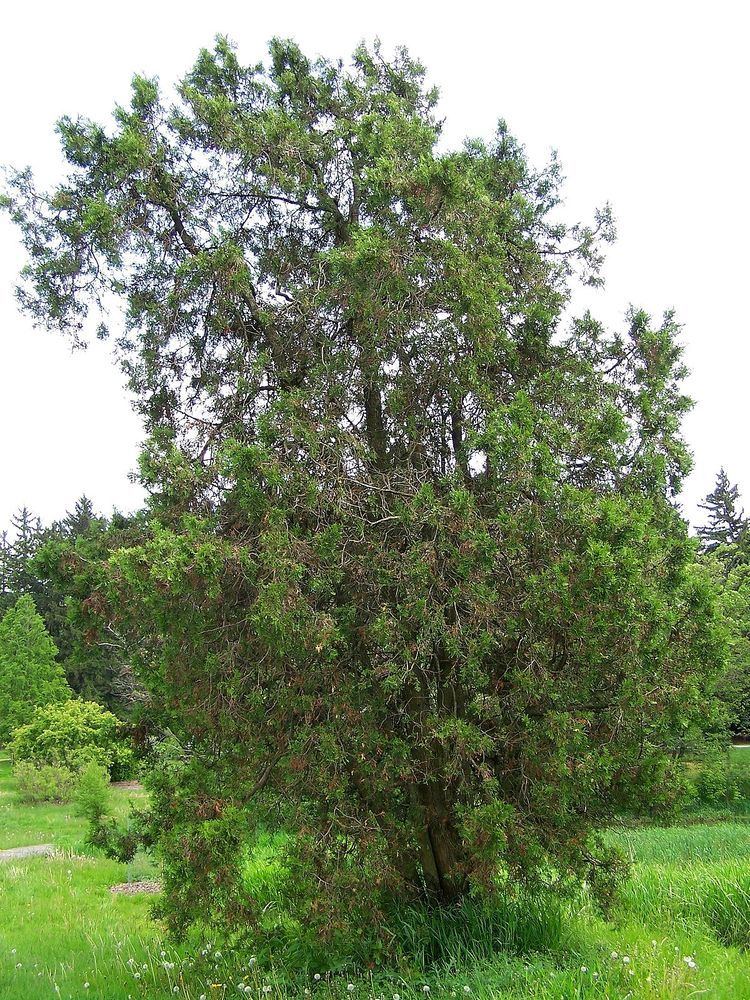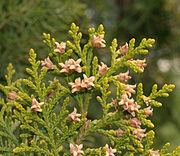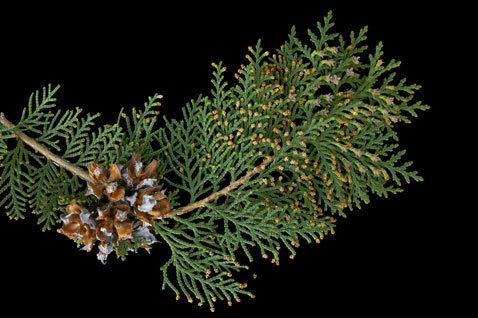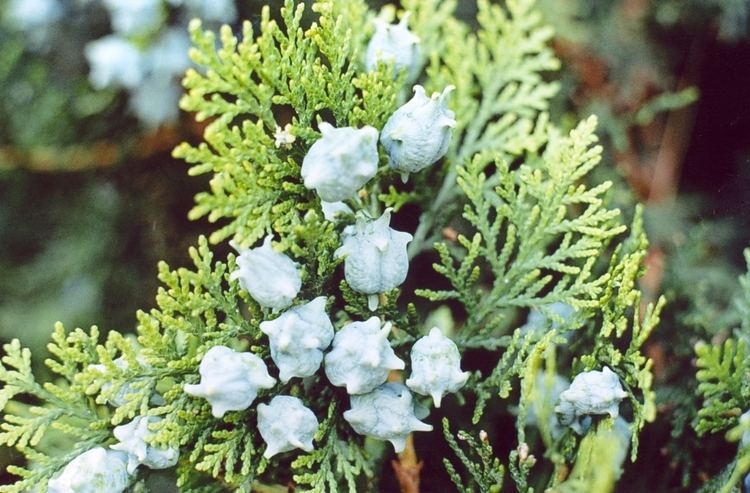Scientific name Platycladus orientalis Rank Species | Division Pinophyta Genus PlatycladusSpach Higher classification Platycladus Order Pinales | |
 | ||
Similar Cypress, Arborvitae, Pinus tabuliformis, Lacebark Pine, Juniperus chinensis | ||
Plant id dwarf oriental arborvitae platycladus orientalis cvs
Platycladus is a distinct genus of evergreen coniferous tree in the cypress family Cupressaceae, containing only one species, Platycladus orientalis, also known as Chinese thuja, Oriental arborvitae, Chinese arborvitae, biota or oriental thuja. It is native to northwestern China, Korea, and the Russian Far East (Amur + Khabarovsk). It is also now naturalised as an introduced species elsewhere in Asia: eastward to Japan; southward to northern India; and westward to northern Iran.
Contents
- Plant id dwarf oriental arborvitae platycladus orientalis cvs
- Tuya oriental platycladus orientalis thuja orientalis www riomoros com
- Taxonomy
- Etymology
- Description
- Uses
- Medical application
- References

Tuya oriental platycladus orientalis thuja orientalis www riomoros com
Taxonomy

Although generally accepted as the only member of its genus, it has been suggested that the closely related species Microbiota decussata could be included in Platycladus, but this is not widely followed. Other fairly close relatives are Juniperus and Cupressus, both of these genera being graft-compatible with Platycladus. In older texts, Platycladus was often included in Thuja, which is reflected in one of its common names, "oriental thuja". But it is only distantly related to the genus Thuja. Differences include its distinct cones, wingless seeds, and its almost scentless foliage.
Etymology

The binomial Platycladus means "with broad or flattened shoots". The qualifier orientalis refers to its native habitat in China.

The common name 'arborvitae' is from Latin, 'tree of life', and is based on its association with long life and vitality in Buddhist thought in China. This is probably based on the tree's unchanging evergreen nature in the cold dry climate of northwest China, and its longevity; some of the larger specimens planted around Buddhist temples in China are said to be in excess of 1,000 years old. It is called ce bai (側柏) in Chinese.
Description
It is a small, slow-growing tree, to 15–20 m tall and 0.5 m trunk diameter (exceptionally to 30 m tall and 2 m diameter in very old trees). The foliage forms in flat sprays with scale-like leaves 2–4 mm long. The cones are 15–25 mm long, green ripening brown in about eight months from pollination, and have 6–12 thick scales arranged in opposite pairs. The seeds are 4–6 mm long, with no wing.
Uses

It is used as an ornamental tree, both in its homeland, where it is associated with long life and vitality, and very widely elsewhere in temperate climates. Several cultivars have been selected, of which 'Aurea nana' and 'Elegantissima' have gained the Royal Horticultural Society's Award of Garden Merit.
The wood is used in Buddhist temples, both for construction work, and chipped, for incense burning.
Medical application
Recent research suggest that the leaf of Platycladus (Thuja orientalis) extract promotes hair growth by inducing the anagen phase in resting hair follicles. Another research finds out the hair growth promoting activity of cedrol isolated from the leaves of Platycladus orientalis
